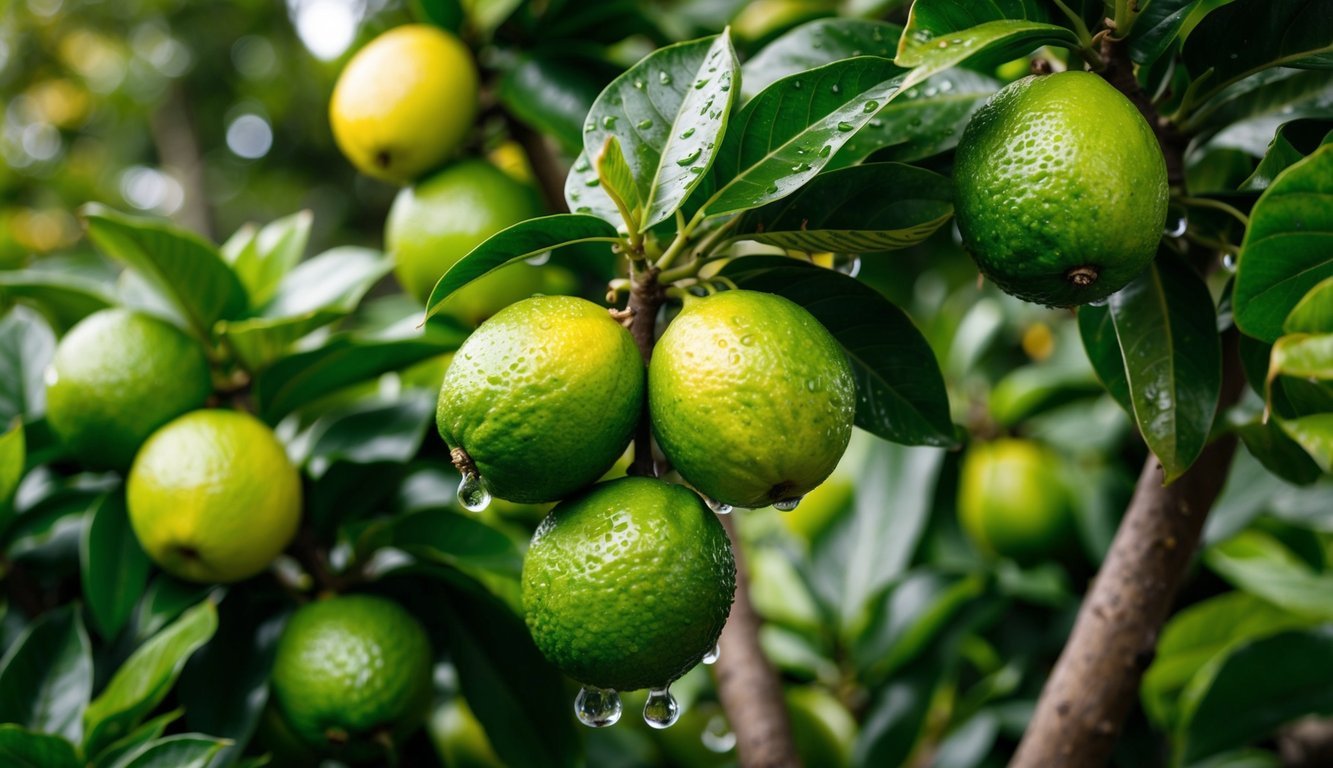
When it comes to limes, not only do they bring a refreshing burst of flavor, but they also offer a wealth of vitamins, especially during their peak harvesting season in the cooler months.
If you’ve noticed that your limes are unusually dry, there are several horticultural factors at play that could be affecting their juiciness.
Gardening expert Katherine Rowe offers practical tips to help you tackle the issue and enjoy a productive and flavorful lime crop.
Getting to Know Lime Trees
Lime trees are incredibly adaptable, enhancing countless dishes and beverages with their sharp zest.
These trees come in various types and hybrids, each with unique characteristics.
To flourish, lime trees need plenty of sunlight, ample air circulation, and well-drained sandy loam soil.
It’s also crucial to maintain a routine of consistent watering and fertilization.
Overripe Fruit and Timing of Harvest
Keeping limes on the tree for too long can lead to dehydration, yellowing, and a regrettable softening of the fruit.
To prevent dryness, it’s important to know the specific variety of lime you are cultivating, as this will guide you in determining the ideal time to harvest.
- Fragrance: A ripe lime gives off a characteristic citrus aroma that’s hard to miss.
- Color: Look for a shift in hue from deep green to lighter shades tinged with yellow.
- Texture: When ready, a lime should feel firm yet slightly flexible and should weigh more than its underdeveloped counterparts.
Nutrition, Fertilization, and Soil Health
Lime trees can suffer from dryness if they lack essential nutrients.
Starting out with a balanced organic fertilizer is a good strategy, but be careful not to over-fertilize.
Excess nitrogen can weaken your trees, so finding the right balance is key.
Lime trees thrive in sandy, loamy soils with excellent drainage.
Ideally, the pH should range from slightly acidic to neutral.
For younger lime trees, the production of dry fruits can occur as the plant focuses on establishing its roots and foliage.
To combat this, ensure that you provide ample, deep watering, especially during dry spells.
Water deeply enough that the soil dries out between sessions, and consider adding a three-inch layer of mulch to help retain moisture.
Lime trees, native to temperate and humid climates, can be vulnerable to frost and extreme heat, which can affect their ability to absorb water.
Additionally, aggressive rootstocks may absorb nutrients intended for the main tree, particularly through their suckers.
Regular pruning can help mitigate this nutrient competition.
For healthy lime trees, well-draining soil and proper moisture levels are paramount.
A soil test can offer valuable insights into your soil’s pH and reveal any necessary amendments you might need to ensure vibrant growth and overall health.
By keeping these considerations in mind, you can help your lime trees produce luscious, juicy fruit rather than dry specimens.
With the right care, you’ll not only have a flavorful harvest but also enjoy the thriving beauty of your lime tree throughout the seasons.
Source: Epicgardening

